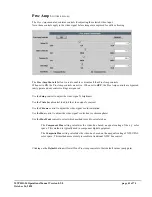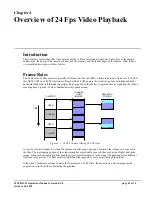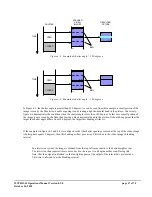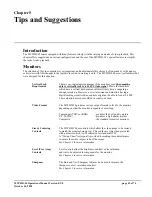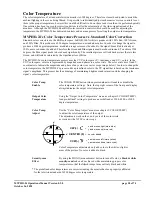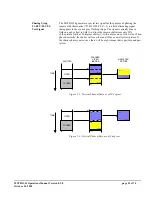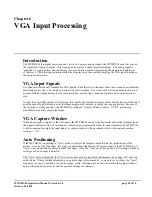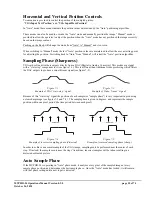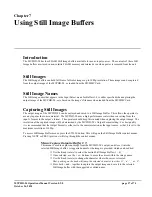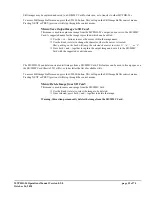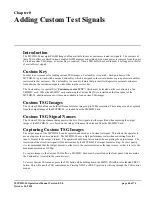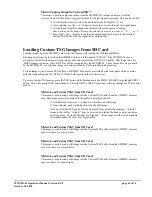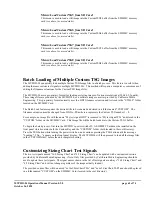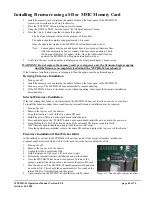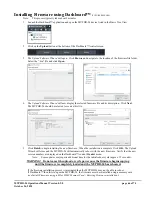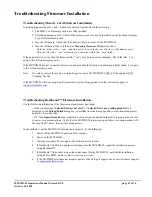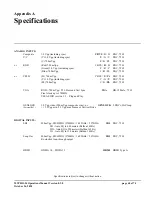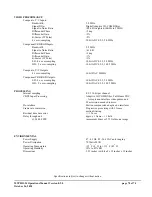
MVPHD-24 Operations Manual Version 0.9.0 page 56 of 74
October 26, 2020
Sample Phase Control
A menu is provided to control the sampling phase: “
VGA Input Sample Phase
”
In “Auto” mode, this menu indicates the phase value determined by the “Auto” phase algorithm.
This menu can also be used to override the “Auto” mode and manually adjust the sample phase.
“Manual” mode is provided to allow the operator to adjust the phase when the “Auto” mode has incorrectly
phased the image.
Pushing on the Knob will change the mode from “Auto” to “Manual” and vice-versa.
When switching to “Manual” mode the last “Auto” phase value is maintained to allow the user a starting point
for adjusting the phase. Switching back to “Auto” from “Manual” will restart the “Auto” phase algorithm.
Universal Lock
(FUTURE RELEASE)
The MVPHD-24 relies on pre-programmed tables to define nominal timing information for all common resolutions.
These tables allow the system to recognize and lock to signals such as 1024x768 @ 60Hz.
Rarely a non-standard signal might be applied for which there is no table. In this case, the “Universal Lock” feature
allows the MVPHD-24 to still display an image based on the input signal.
The Universal Lock feature must determine the following parameters to achieve lock:
Horz Resolution
It is first decided that the horizontal sampling will be 1920 pixels per line.
This value is chosen because it is the maximum resolution of the MVPHD-24.
Horz Overscan
Since the signal is unknown, the horizontal position of the image cannot be
determined. To compensate, the picture size is assumed to be 10% larger that
actually expected. This should prevent any cropping of the sampled image.
Vert Resolution
By analyzing the sync signals of the unknown input, the total number of vertical
lines can be determined. From that value the vertical resolution of the image is
approximated, again using a 10% overscan approach to prevent cropping.
Pixel Clock
By combining the measured frame rate, total vertical lines, and the estimated
horizontal samples, a pixel clock can then be calculated.
If all these parameters are successfully determined and the results are within the operating range of the hardware,
then a stable picture should result.
Once the signal has locked, the user may need to manually adjust the “
VGA In Horz Position
” and
“
VGA In Vert Position
” controls to center the image (see section 6.5).
Note: This method is an approximation and the final image will be scaled. Therefore the resulting picture may not be
as sharp as the original signal.


